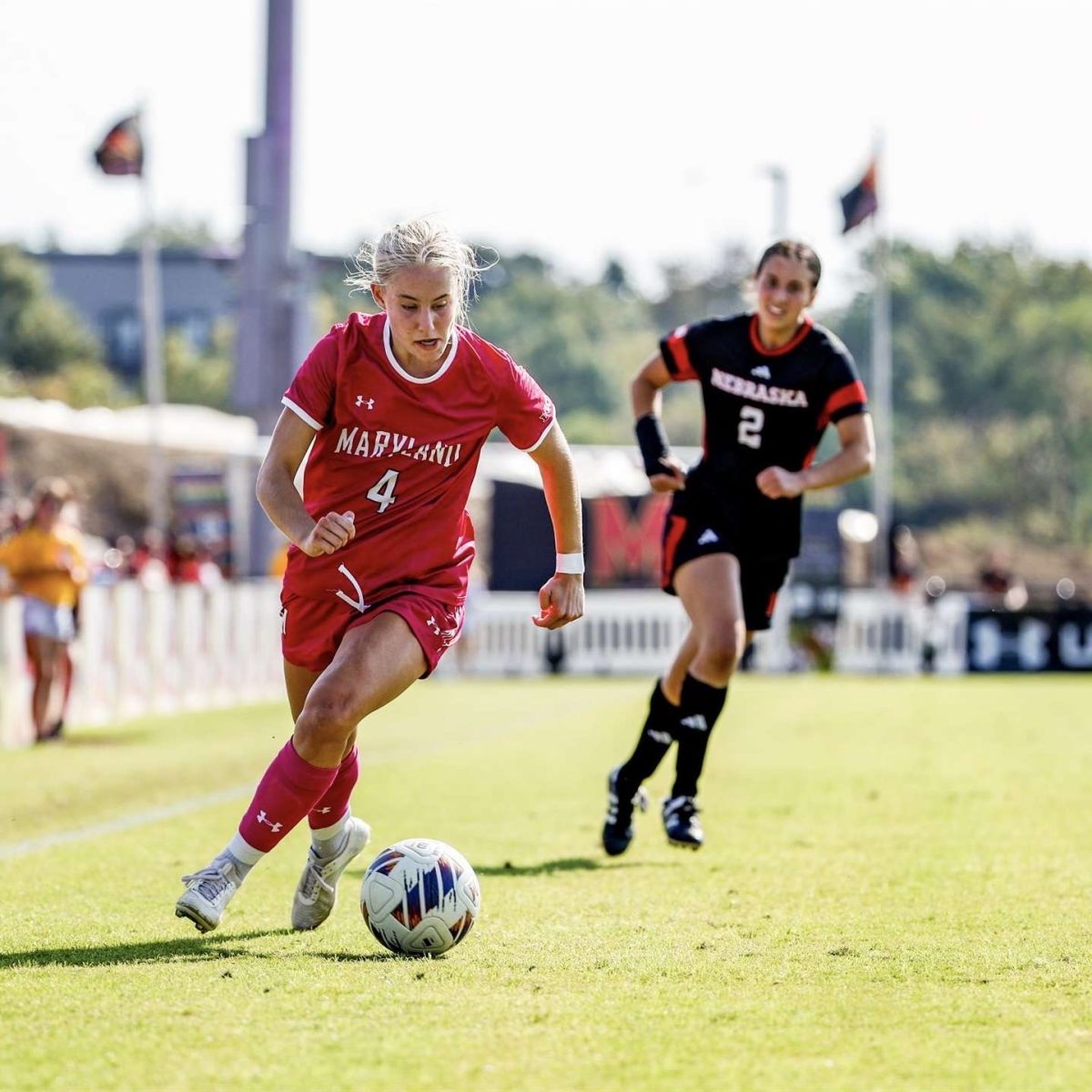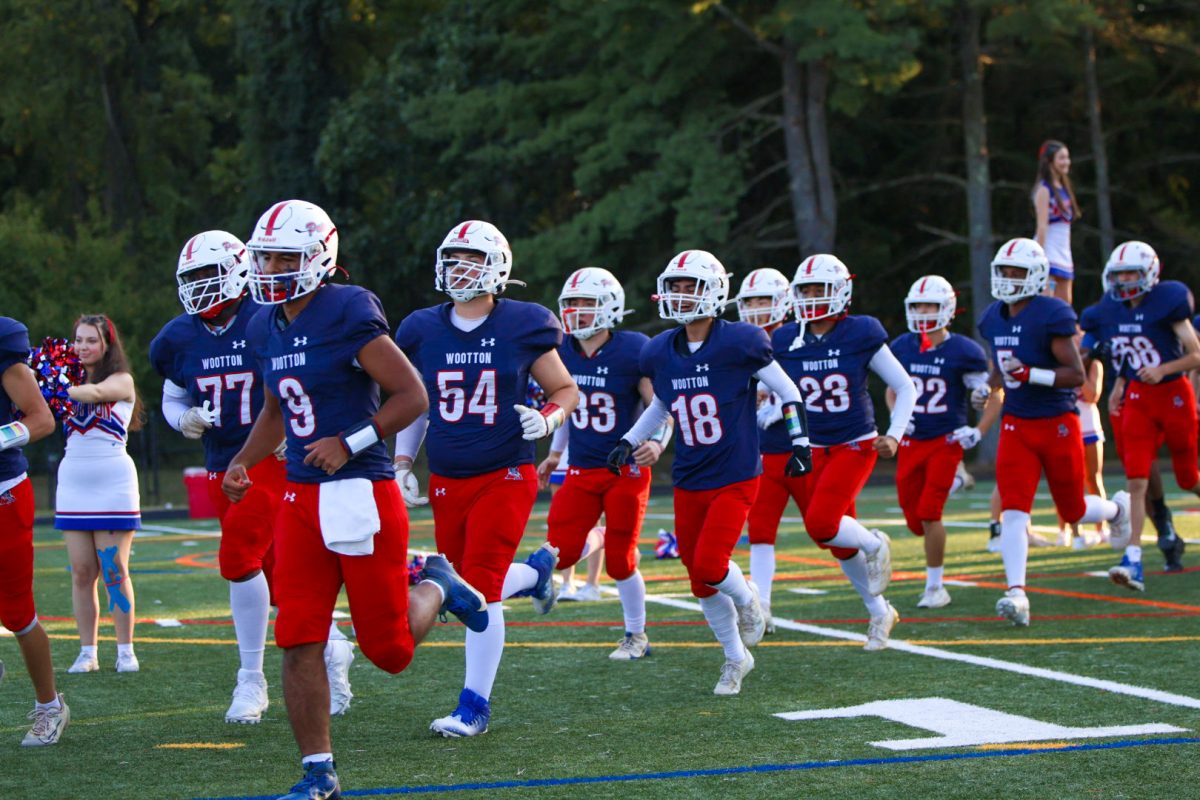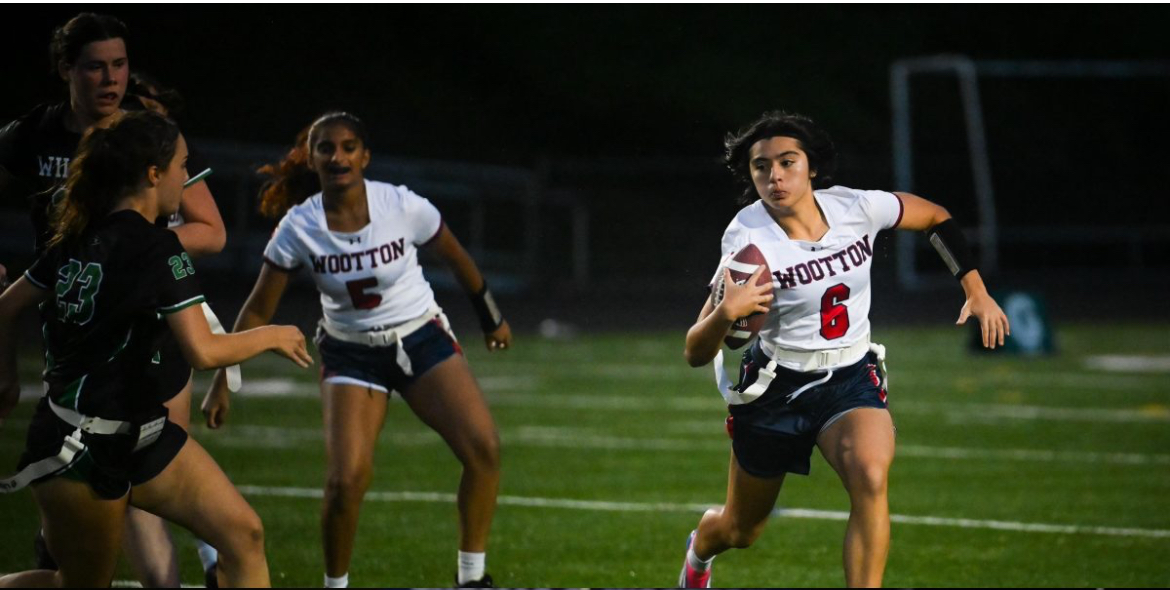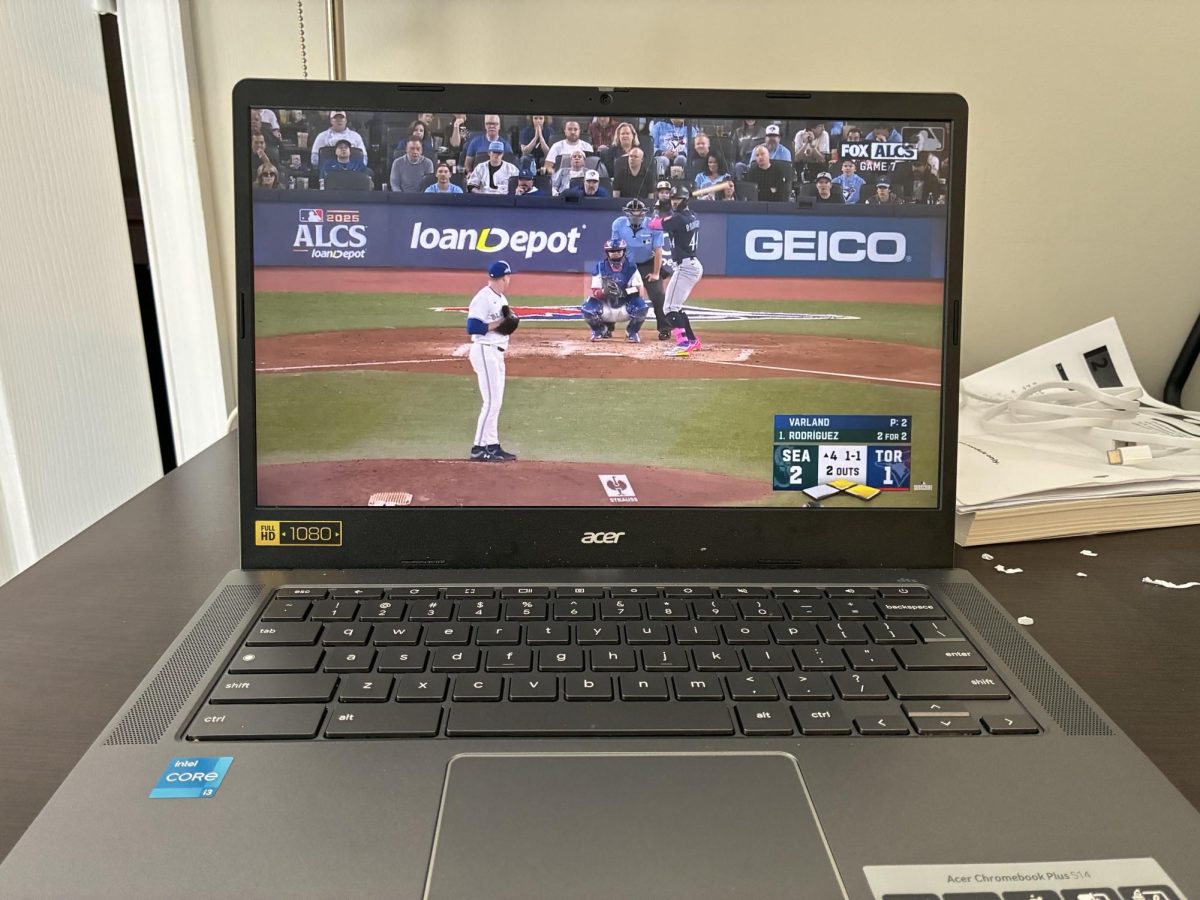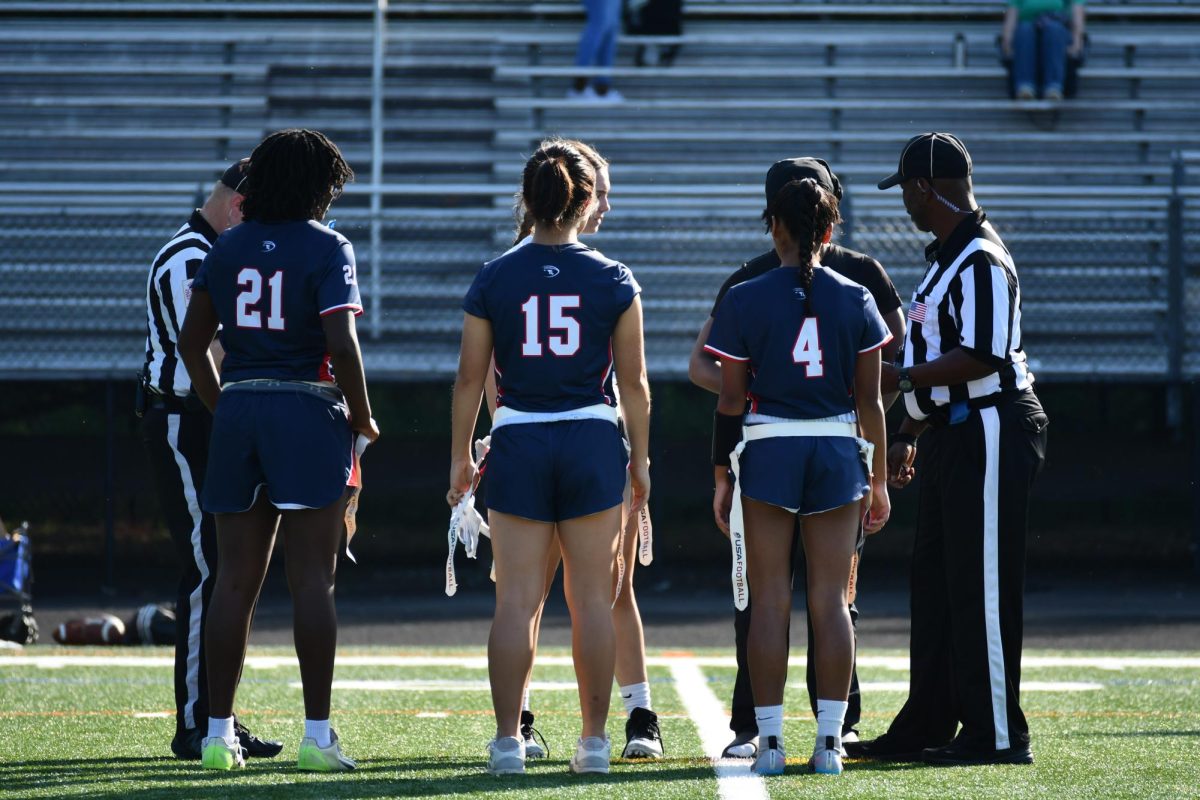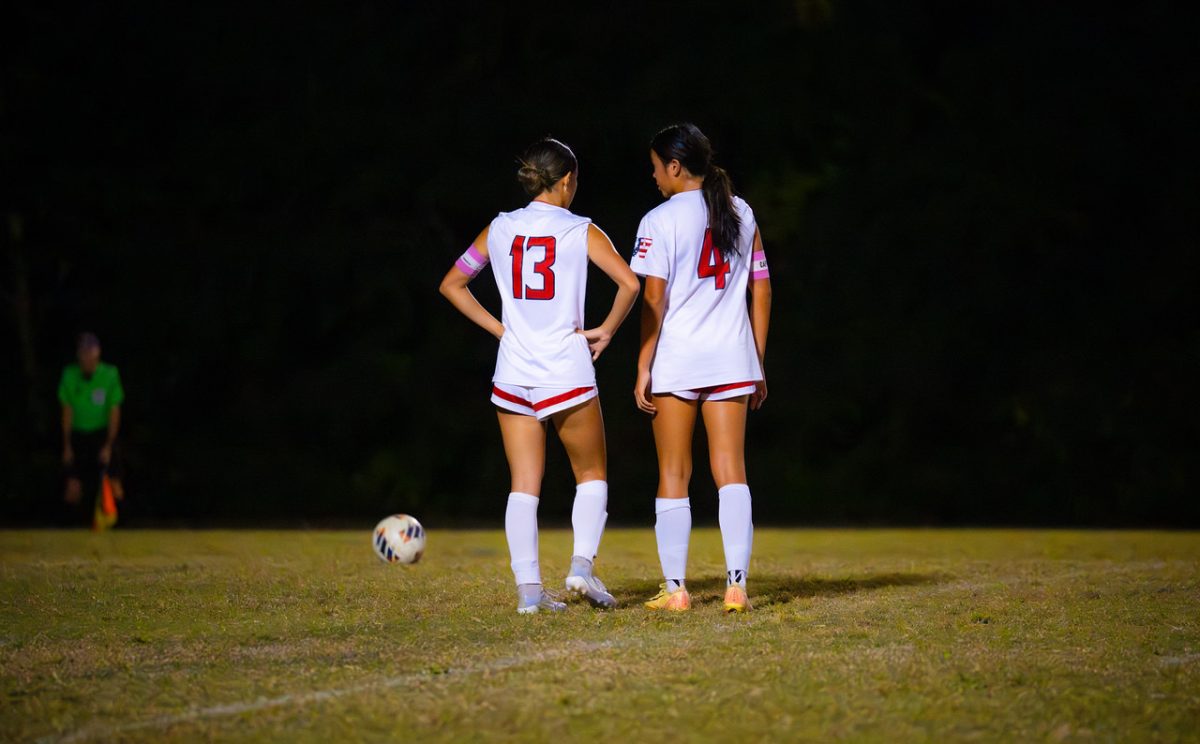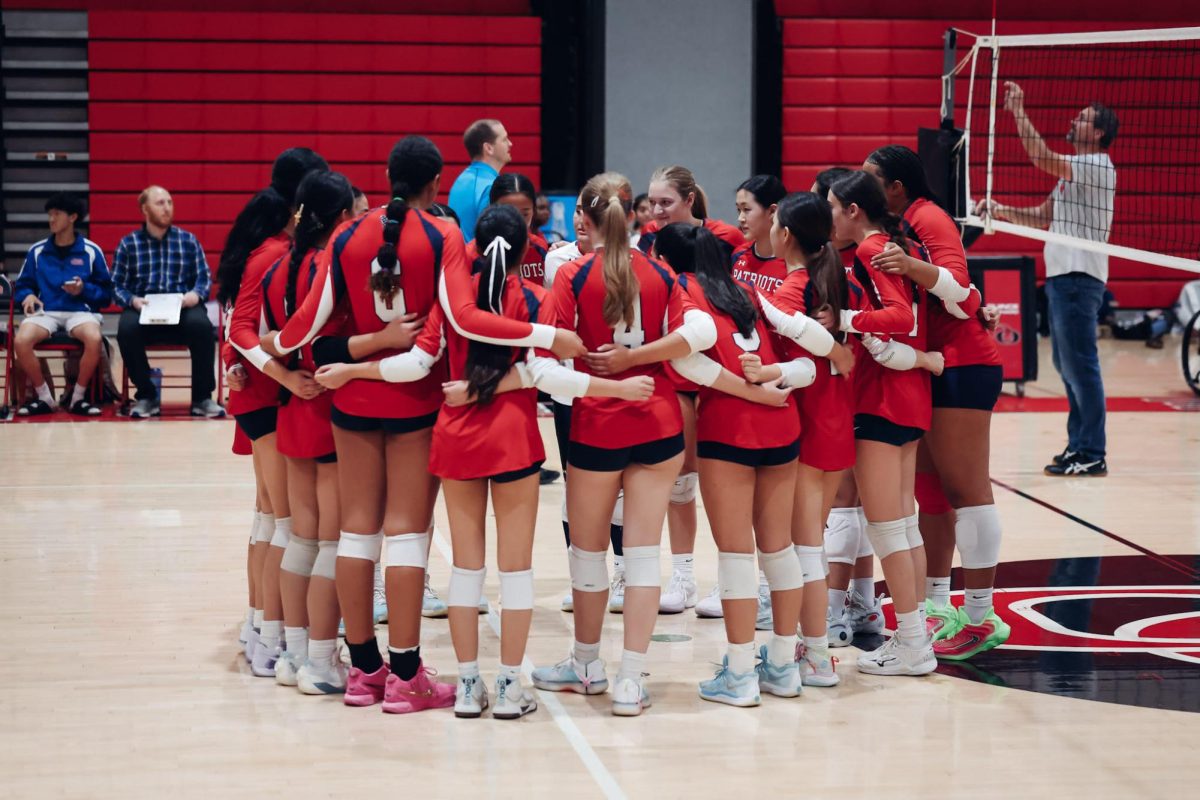Sports can play a huge role in a student’s life, whether in high school or college. They help students build discipline, teamwork, and physical fitness while offering opportunities for sports scholarships and even long-term professional careers. However, the experience of playing sports in college differs significantly from high school athletics in its level of competitiveness, time commitment, coaching, and resources.
The level of competitiveness is noticeably different between college and high school sports. High school sports teams are inclusive, giving students with a broader range of skill levels opportunities to participate. Students participate for fun, fitness or because they play on a club team. “I would say that the biggest difference between high school and college sports is the competitiveness. In college, there is a much higher pressure to perform and play well,” Wootton alum and current University of Maryland soccer player Kate Hawley said.
College levels are more intense at the NCAA Division I and II levels. Athletes are recruited from top-performing high school teams or clubs, meaning a variety of skilled players are put together. “When you’re a freshman in college, you’re training on the same program as 21 and 22-year-olds, and they push you. Every practice is like an all-star game,” according to the website Discover Sports Engine Play.
This is reinforced by athletic director Alton Lightsey. “The most important thing a high school athlete transitioning to a college athlete needs to know is that they are no longer going to be the best player in their program. They need to prepare, unlike when they were in high school, and this means daily workouts that cannot be skipped or cheated on. They need to lift weights and run to get bigger, stronger, and faster daily, as well as hone their specific sports skills. It is a much more physical and mental game at the next level, and many high school athletes are not prepared to compete for positions or have to sit on the bench to wait their turn to become a full-time player,” Lightsey said.
The demands of a student-athlete’s time increase dramatically in college, while high school practices typically occur after school for approximately two hours depending on the sport. Games are usually held once or twice a week and the seasons are two to three months. College athletes follow a schedule similar to a full-time job. In-season, they train multiple times a day, travel every one to two weeks for games, and receive mandatory activities that include workouts, team meetings and film sessions before and after playing to learn new game tactics or reflect on a game. “The time and commitment it takes to perform at a high level. This will be your full-time job,” math teacher John Marchand said.
Balancing school and sports is a challenge at any level, but it becomes more complex in college. High school students have a more structured daily schedule and support from family, teachers and counselors. College athletes must independently navigate a more rigorous academic workload and intense sports obligations. As students step into college, time management between their sports and school becomes crucial to the success of their college experience.
The level of coaching and training also differs significantly between the two levels. High school coaches are often teachers or staff members with a passion for the sport, but they may not always have professional-level training. Resources such as weight rooms, trainers, and nutrition plans can be limited. While in college, most coaches are full-time, experienced professionals. Teams have access to athletic trainers, nutritionists, strength coaches, and even sports psychologists to maximize performance and recovery.
Colleges offer more advanced facilities and support systems compared to high school facilities, which vary widely, depending on the school’s budget and location. Some high schools might have basic gyms and grass or turf fields, while colleges have an impressive setup. Colleges with top athletic programs often have specialized training centers, rehabilitation rooms, and dedicated sports medicine teams. College athletes have clean turf or grass fields that are pampered every other day to maintain their durability for sports teams.
High school and college sports both offer valuable experiences for student athletes, but they serve different purposes and come with distinct challenges. High school sports emphasize participation and personal development, while college athletics are more competitive and professionalized. “Another main difference is the closeness of your teammates. In high school, your teammates are your friends, you may see them for a few hours every day when you play your sport. However, in college, your teammates become your family,” Hawley said.
For student-athletes considering the next step, understanding these differences is vital for athletes to continue their academic and athletic careers.


